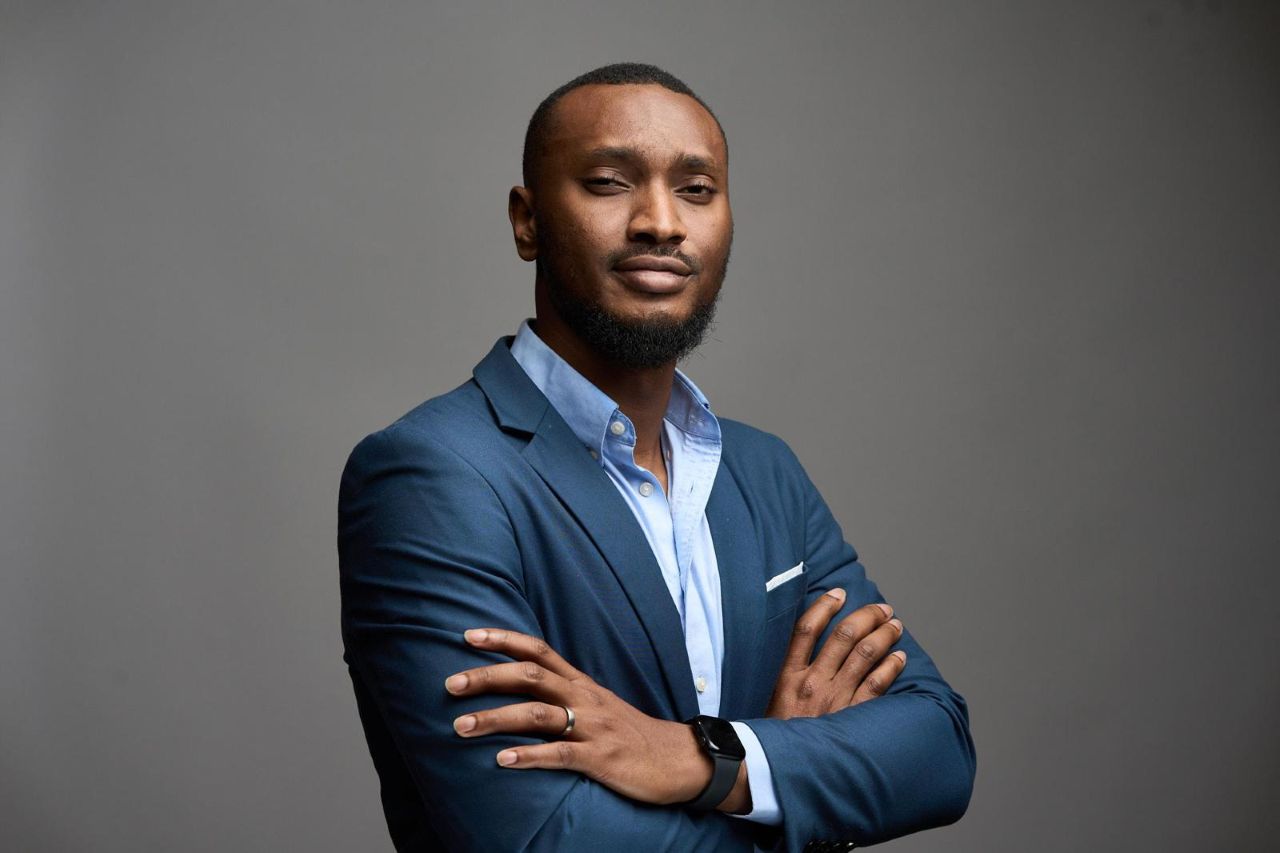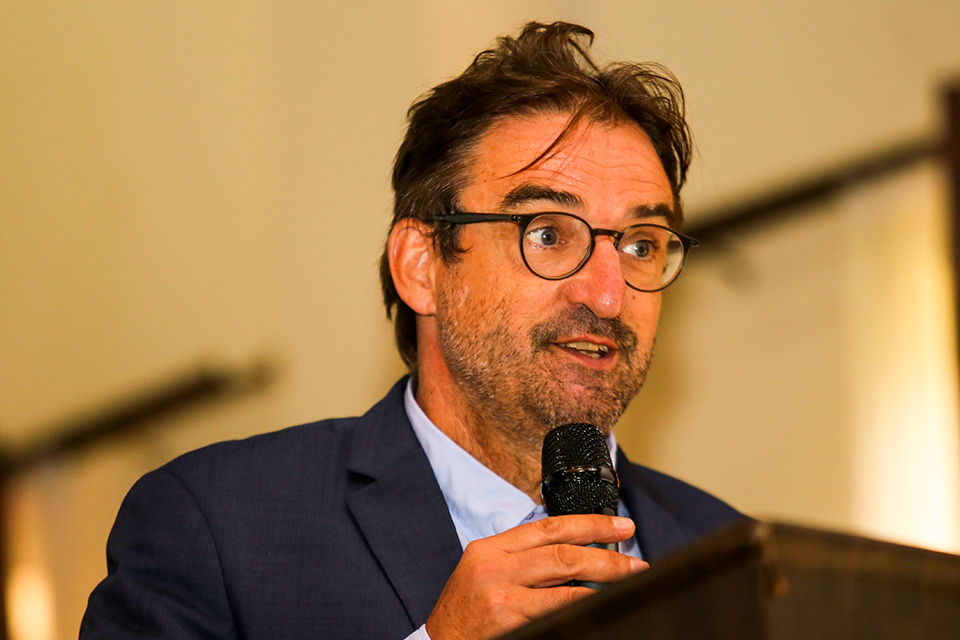Product marketing Expert, Adetola Durojaiye, highlights the importance of Startups incorporating project marketing to accelerate growth. He emphasised the need for startups to communicate value, design intuitive flows, and support users of their products
What inspired your journey into the tech space, particularly product and growth?
I started in tech with a Computer Science background, but I was always more interested in the people behind the product than the code itself. I wanted to understand users, shape narratives, and help products grow meaningfully. Product marketing allowed me to do all that, blending strategy, storytelling, user insight, and growth. It felt natural, and I’ve never looked back.
You’ve worked across fintech, HR tech, and digital products in Nigeria and beyond. What have been the most challenging parts of building and scaling digital products in this environment?
One of the biggest challenges is balancing product clarity with user trust. In many markets, people are sceptical, especially when products involve money, identity, or data. You can’t just ship features and hope for adoption. You must communicate value, design intuitive flows, and support users through the journey. Infrastructure gaps, regulation, and inconsistent user education complicate things, but they force you to be more intentional in building and scaling.
From your experience, what makes product marketing a critical piece of the puzzle for Nigerian tech startups trying to scale?
Product marketing sits at the intersection of product, growth, and communication, which makes it essential in markets where trust is low and understanding is key. Startups in Nigeria often focus heavily on acquisition, but growth stalls without the right messaging, positioning, and onboarding. Product marketing helps make the product understandable, usable, and trusted, ultimately driving adoption and retention.
What’s your approach to building products that resonate across borders—from Africa to Europe?
It starts with understanding users in context. I focus heavily on local insight, such as language, behaviour, financial habits, motivation, and then translate that into messaging and experience that feels natural, not foreign. At the same time, I look for universal patterns. People everywhere want clarity, speed, and confidence in the tools they use. The goal is to blend local relevance with global usability.
You led the launch of a digital product that grew to over 450,000 users in under a year, what key strategies helped make that happen in a competitive market like Nigeria?
At Sentz, we focused on three core things: clarity, trust, and user momentum. We simplified onboarding flows, ensured our messaging reflected what users cared about, and built feedback loops that allowed us to iterate quickly. We also invested early in partnerships and community engagement, which helped us build credibility in a competitive market. It wasn’t about massive ad spend but about creating something that worked and making sure people understood it fast.
In many emerging markets, there’s often a gap between the product and the people it’s built for. How do you bridge that gap in your work?
I spend a lot of time watching real users interact with the product – not just reading feedback or analytics, but observing friction points, confusion, and behaviour in context. Then I bring that insight into everything, from messaging to UI to lifecycle flows. Sometimes small changes make the biggest difference: clearer labels, fewer steps, familiar language. I ensure users don’t need to “learn tech” to benefit from it.
Trust and user education are major challenges in fintech and Web3. How do you design product marketing strategies that build confidence among users?
First, I don’t assume trust; I build for it. That means addressing user concerns early, using simple, transparent language, and avoiding jargon. I also design for confidence: showing what’s happening, offering support at key steps, and creating early wins for new users. Education isn’t a one-time thing; it has to be built into onboarding, content, support, and every part of the product experience.
You’ve helped secure multi-million-dollar funding rounds and expanded into markets like Portugal and Berlin. What role does product positioning play in global growth for African startups?
I wouldn’t say I secured it; it was a team effort, and I was privileged to be a part of that amazing team. We had great leaders driving the vision, and I simply played my part. Positioning is everything when you’re scaling beyond your home market. It helps investors see the potential and helps new users understand your relevance.
When we expanded into Europe, for example, we didn’t just localise, we reframed our value proposition to make sense in that market. Good positioning helps you tell the right story to the right audience and lays the foundation for growth, partnerships, and long-term credibility.
Looking at the African tech space, what do you think is missing in how we approach product strategy and user engagement?
We often underinvest in clarity. There’s a lot of focus on building features and getting funding, but not enough on how products feel, what they communicate, or how they guide users. We also don’t always listen deeply enough to users, especially outside of major cities. I’d love to see more teams prioritising user research, content design, and onboarding from day one as part of their product strategy.
What does innovation mean to you when building digital solutions for real people, not just for investor decks or pitch stages?
Innovation is about solving real problems in ways that people use. It’s not about hype or complexity. It’s about finding better ways to serve real needs, especially for often overlooked people. The most powerful innovations I’ve worked on didn’t look impressive in a deck. They just worked for the people they were built for.
In your view, what’s the biggest misconception people have about scaling tech in Africa?
That one model works everywhere. Africa isn’t a single market. What works in Lagos might not land in Nairobi or Accra. Context matters, from pricing to payments to user behaviour. Another misconception is that scale only comes from growth hacks or viral loops. It often comes from solving a real problem well and doing the hard, consistent work to build trust.
What advice would you give to product teams and founders who are trying to build digital products that actually work and last?
Start by getting close to the user, not just through data, but through honest conversations. Focus on solving one clear problem well. Don’t skip the fundamentals like onboarding, support, and feedback loops. And be ready to iterate fast, but with purpose. The most enduring products are the ones that evolve with their users, not just with trends.
What’s next for you as a leader in the tech space?
I’m excited to keep helping people and products grow. That includes mentoring upcoming talent, supporting startups solving essential problems, and building systems that scale without losing clarity. In the long term, I want to contribute to reshaping how we think about products in Africa, not just as a function but as a mindset that puts users at the centre and drives meaningful outcomes.






